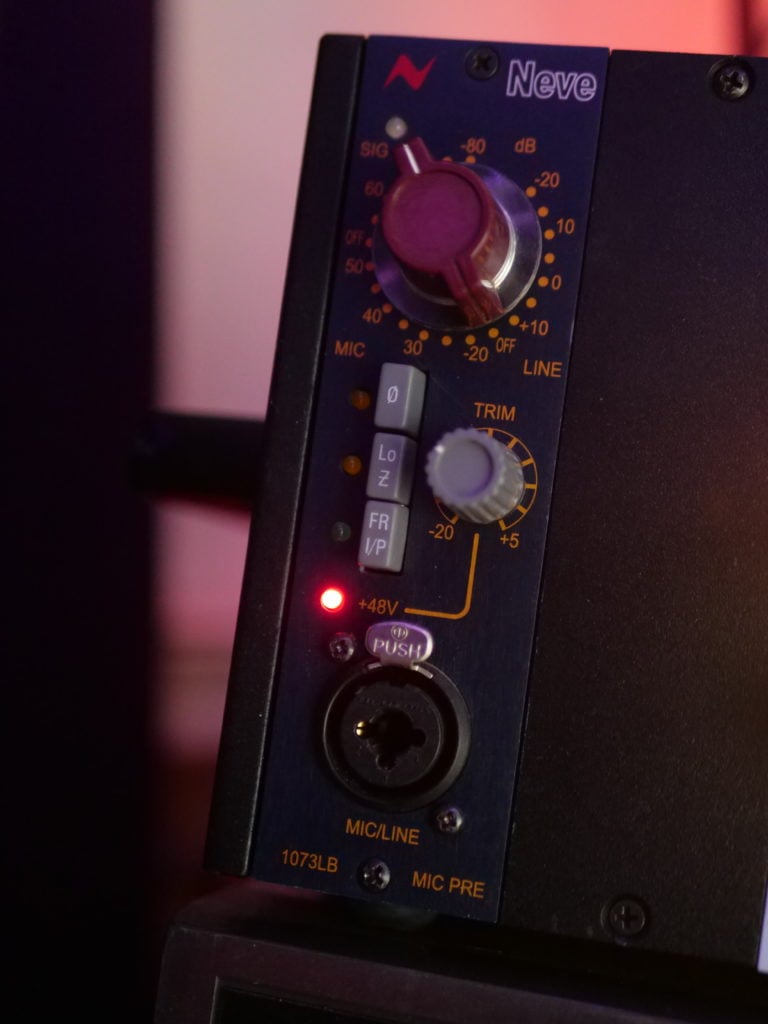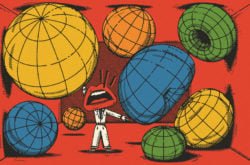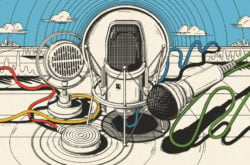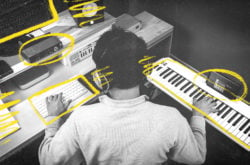Today, musicians can make amazing compositions entirely in-the-box.
The proliferation of affordable but powerful DAWs, software instruments, and royalty-free samples has drastically reduced the barriers to entry for music creation, regardless of an individual’s access to instruments, microphones, outboard gear, or a well-treated room. That said, one thing is for certain: recording and live instruments aren’t going anywhere, either. If anything, popular music today seems to be increasingly weaving non-electronic instruments back into their arrangements, eager to showcase the organic energy of human performance.
So how does one go about capturing the rich sounds of live instruments? Below, saxophonist and engineer Mario Castro (who recently recorded and performed the sounds heard in LEX Sounds’ “Vigilante Horns” sample pack) gives us three insightful tips.
1. Capitalize on the versatility of your gear
Some engineers like to reach for a wide array of microphones for specific circumstances. Castro, however, has been finding a lot of value and joy in leaning into one versatile mic. “The Peluso 22 47 LE is an incredible-sounding tube condenser microphone with nine switchable polar patterns,” he tells us. “When recording in my studio, it’s my go-to microphone no matter the instrument. I’ve recorded vocals, trumpet, saxophone, flute, acoustic bass, percussion, and drum overheads, and even used it as a room mic. It never disappoints.”

Castro’s Peluso 22 47 LE microphone
“The ability to switch polar patterns is very useful because it offers you so many possibilities,” Castro continues. “For example, if you’re recording multiple singers or instrumentalists, you can set the microphone to be omnidirectional and place the musicians in a circle around the microphone. Of course, when recording a single instrumentalist or vocalist, the obvious choice would be to use a unidirectional pattern, but I often explore using the other patterns if I’d like to capture some of the room / environment sound.”
While it would be a stretch to call the Peluso 22 47 LE a budget microphone, those starting out may want to consider purchasing (and intimately getting to know the ins and outs of) a single versatile mic that offers a few different polar patterns, rather than trying to buy numerous options out of the gate that are highly specialized.
2. Use distortion to your advantage
In the digital world, we often see distortion and clipping as solely undesirable phenomena. However, this isn’t always the case when it comes to recording live instruments. “The best combination for this microphone so far is my AMS Neve 1073LB preamp,” Castro says. “I love the character it gives the sound when I distort the signal by coming into the preamp too hot (I reduce the trim knob so it doesn’t peak digitally on my interface and converters). This has been a game changer, especially when it comes to tracking drums, bass, and even vocals.”

Castro’s AMS Neve 1073LB preamp
This sort of preamp-induced distortion can be used to add a sprinkle of harmonic interest to your recordings – or, you can crank it up for creative effect. “You can do this in a subtle way or go wild and make an instrument sound like it’s exploding,” Castro explains. “For example, on bass, sometimes I record two versions of the same take by splitting the signal. One is the clean take and the other goes in super distorted. Then, I blend them together when the song calls for it, maybe in a chorus or outro if the music gets heavier or more intense. By distorting certain samples in your music, you give the listener the illusion that things are louder than they actually are.”
3. Don’t be afraid to experiment
Whether it’s with composition, production, or recording, it can be easy to fall into the habit of gravitating towards what we know works from experience. However, Castro encourages us to always keep an open mind, and not lose sight of the fact that recording can be an incredibly creative endeavor. “Just recently, I was blown away by how a Shure Beta 52A kick drum microphone sounded on a floor tom,” he recalls. “I then tried it on vocals, and then on my horn – and it sounded so cool! I love exploring different ways of using my gear. It can be as simple as using a kick drum mic on vocals, re-amping a room mic through a bass amp, or maybe even throwing some guitar effects pedals on something!”
There’s no need to stop at your gear, either. “In addition to experimenting with your gear, you can explore your environment,” Castro tells us. “Maybe your parking garage has the perfect reverb for those synths you’ve been working on. Set up your mics in the garage, play the synth part through a speaker, and capture that awesome reverb you’ve been looking for – there are so many possibilities!”
Do you have any tips of your own around recording live instruments that you’d like to share? Let us know in the comments below.
Incorporate Mario Castro’s colorful horn recordings into your productions:
February 11, 2021



